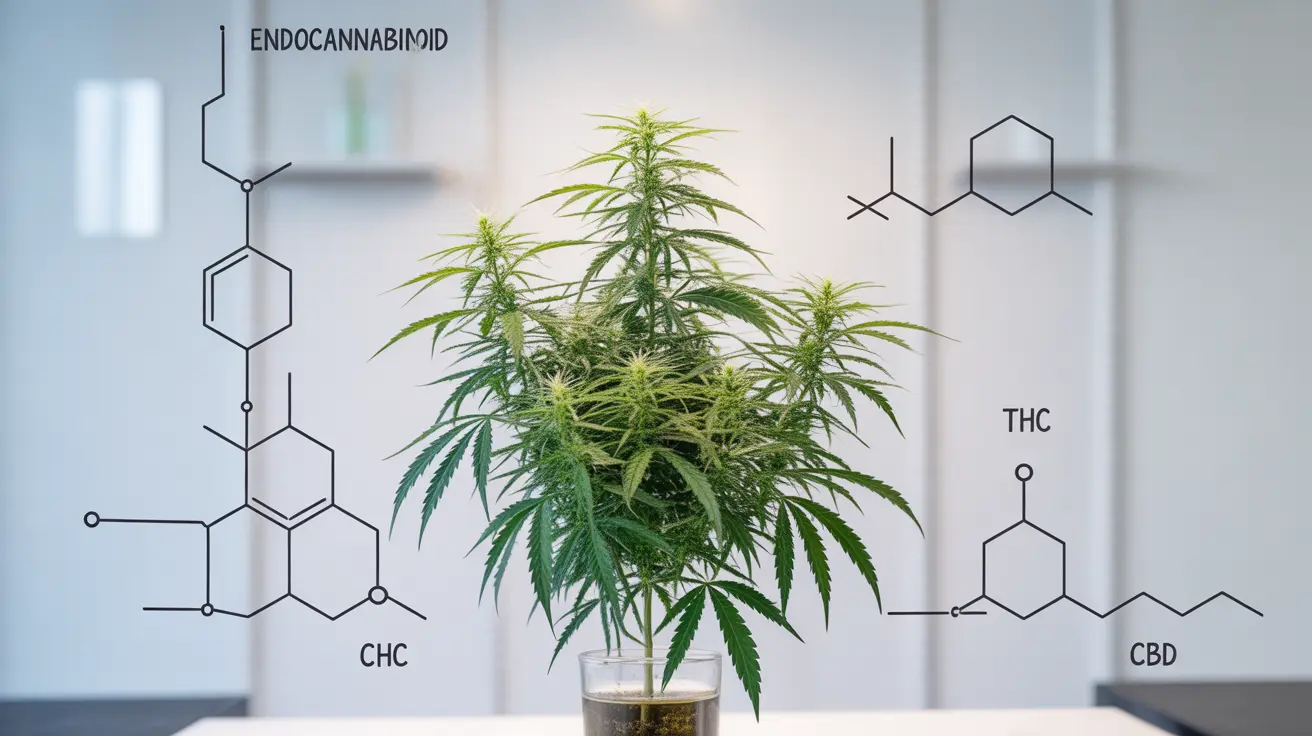Cannabis is a complex and widely discussed plant that has been used for both medicinal and recreational purposes throughout human history. As legislation and attitudes continue to evolve, understanding what cannabis is, how it works, and its potential benefits and risks becomes increasingly important for informed decision-making.
This comprehensive guide explores the fundamental aspects of cannabis, from its basic composition to its various uses and effects on the human body. We'll examine the scientific evidence behind its medical applications while also addressing important safety considerations.
What Is Cannabis and Its Basic Components
Cannabis is a flowering plant belonging to the family Cannabaceae. While often referred to as marijuana or weed in casual contexts, cannabis is the proper scientific term encompassing all varieties of this plant. The plant contains over 400 chemical compounds, including more than 100 cannabinoids, which are responsible for its various effects on the human body.
The two most prominent and well-studied cannabinoids are:
- THC (Tetrahydrocannabinol): The primary psychoactive compound
- CBD (Cannabidiol): A non-psychoactive compound with potential therapeutic properties
The Endocannabinoid System and Cannabis Effects
Cannabis interacts with the body's endocannabinoid system (ECS), a complex cell-signaling system that plays a role in regulating various functions and processes, including:
- Sleep
- Mood
- Memory
- Appetite
- Reproduction
- Pain sensation
When cannabinoids from the cannabis plant enter the body, they interact with cannabinoid receptors throughout the ECS, potentially influencing these various bodily functions.
Common Methods of Cannabis Consumption
Cannabis can be consumed in several ways, each affecting how quickly the compounds enter the bloodstream and how long their effects last:
Inhalation Methods
- Smoking (traditional method)
- Vaporizing (modern alternative)
- Dabbing (concentrated forms)
Oral and Other Methods
- Edibles (food products)
- Tinctures (liquid extracts)
- Topicals (creams and lotions)
- Capsules and pills
Medical Applications and Scientific Evidence
Research has shown potential therapeutic benefits of cannabis for various conditions:
Documented Benefits
- Chronic pain management
- Nausea and vomiting during chemotherapy
- Muscle spasms in multiple sclerosis
- Epilepsy (particularly CBD for certain forms)
Emerging Research Areas
- Anxiety and depression
- Sleep disorders
- Inflammatory conditions
- Neurological disorders
Potential Risks and Safety Considerations
While cannabis has therapeutic potential, it's important to understand its possible risks:
Short-term Effects
- Impaired memory and concentration
- Altered judgment
- Increased heart rate
- Coordination problems
- Anxiety or paranoia (in some users)
Long-term Concerns
- Respiratory issues (if smoked)
- Potential cognitive effects with heavy use
- Risk of dependence
- Possible impacts on mental health
Frequently Asked Questions
What is cannabis and how does it differ from terms like marijuana or weed?
Cannabis is the scientific name for the plant species, while marijuana and weed are colloquial terms typically referring to the dried flowers used recreationally. Cannabis is the more comprehensive term that includes all varieties and uses of the plant, including hemp.
What are the main active compounds in cannabis and how do they affect the body?
The main active compounds are cannabinoids, primarily THC and CBD. THC produces psychoactive effects and can affect mood, perception, and cognition, while CBD is non-intoxicating and may have anti-inflammatory, analgesic, and anti-anxiety properties.
What are the common ways to consume cannabis and how do they impact its effects?
Cannabis can be smoked, vaporized, eaten in edibles, or applied topically. Inhalation methods provide quick but shorter-lasting effects, while edibles take longer to onset but typically last longer. Topicals work locally and generally don't enter the bloodstream significantly.
What medical conditions can cannabis help treat and what evidence supports its use?
Research supports cannabis use for chronic pain, chemotherapy-induced nausea, muscle spasms, and certain forms of epilepsy. Clinical studies continue to investigate its potential for treating anxiety, sleep disorders, and various neurological conditions.
What are the potential risks and side effects of using cannabis?
Common side effects include temporary memory impairment, altered judgment, and coordination issues. Long-term risks may include respiratory problems (if smoked), cognitive effects with heavy use, and potential dependency. Individual responses can vary significantly, and certain populations should avoid cannabis use.




